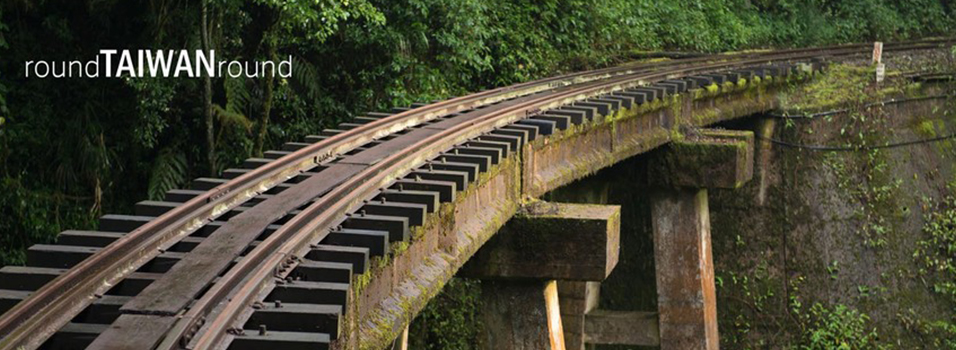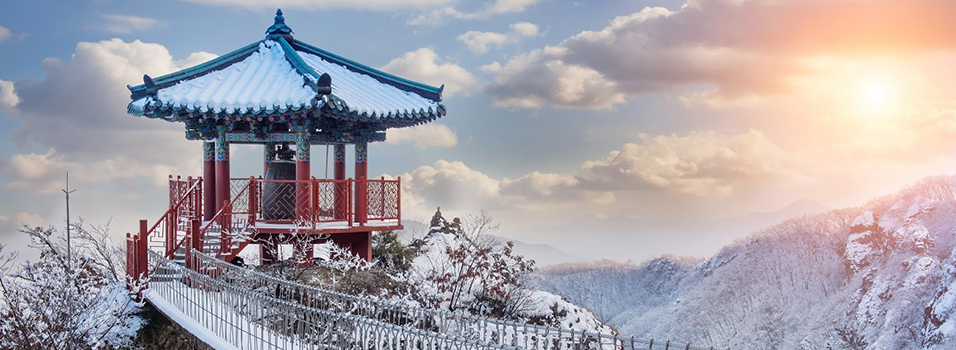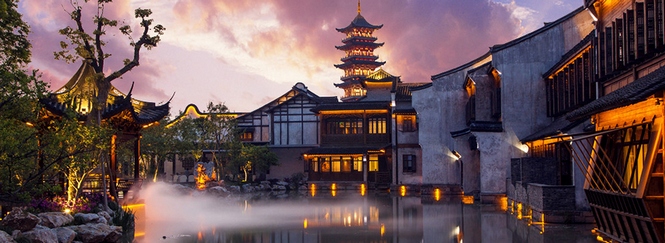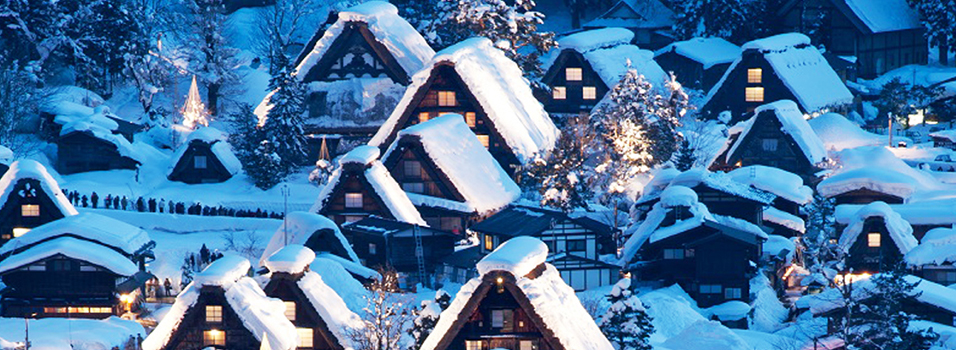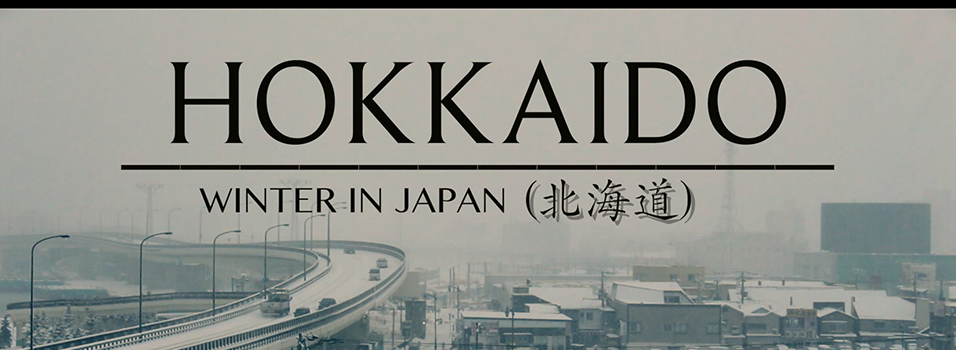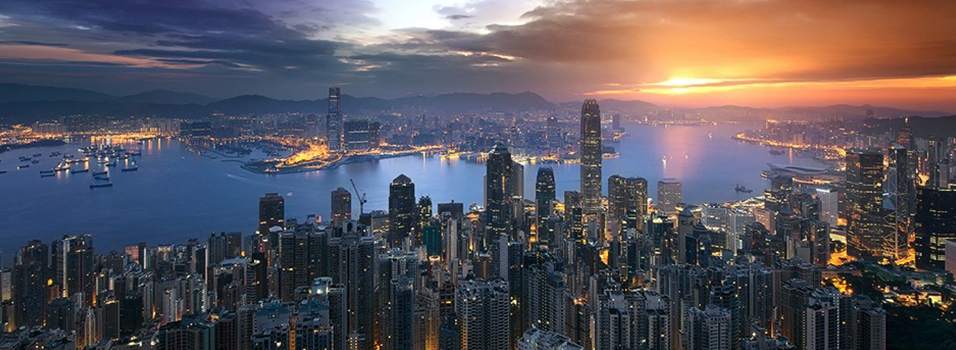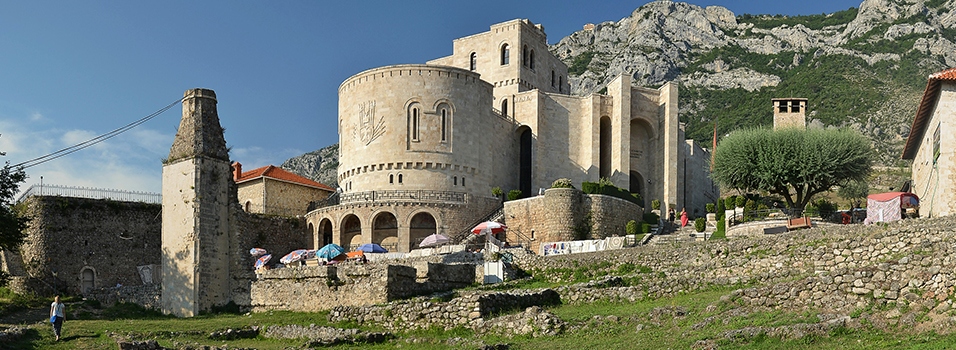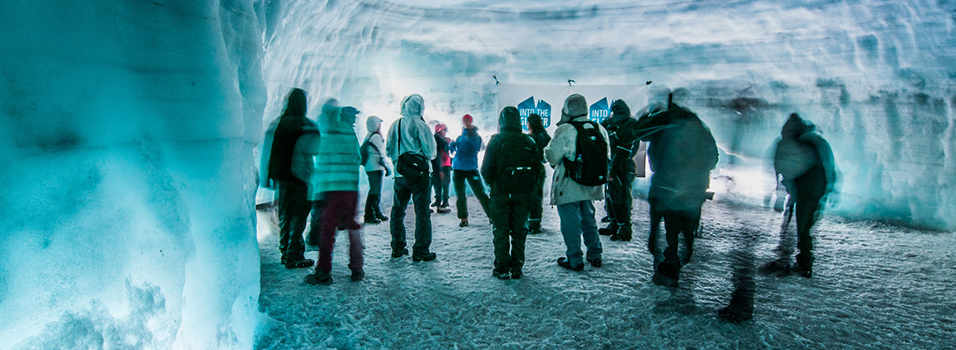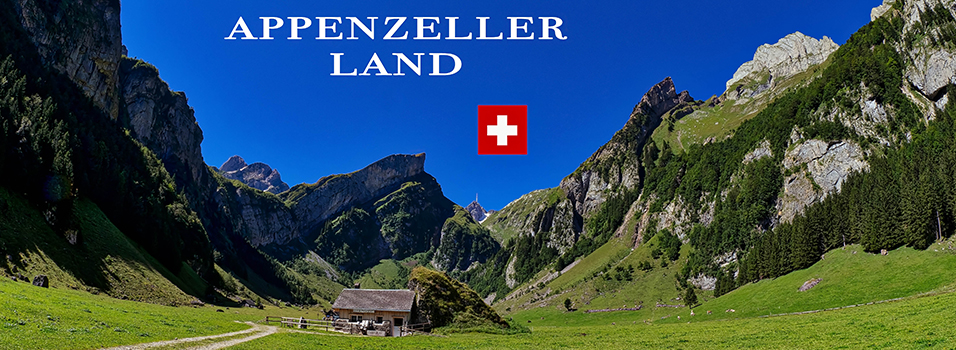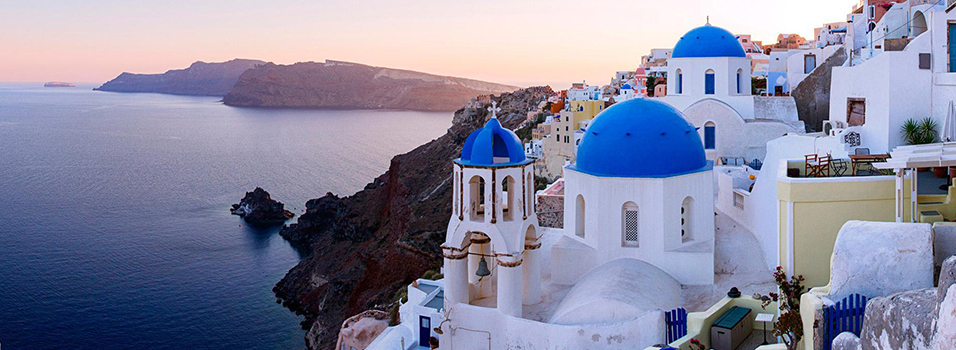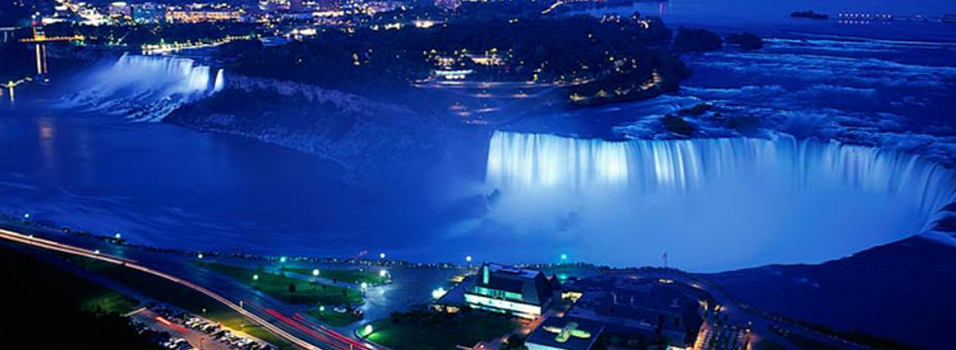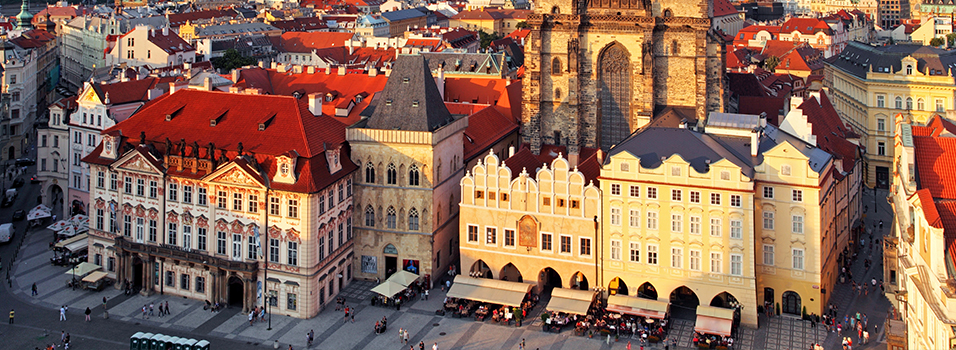
Leisurely Eastern Europe
Vienna
Vienna is among Europe’s most walkable cities, and each district has its own distinct vibe. The ancient paths of the First District give way to the Donaukanal—the branch of the Danube that runs through the city. Take a tram around the Ringstrasse, which circles the inner city, to see the breadth of the architecture or stop at an iconic café for a coffee and a strudel. Across the river, you’ll find the newly vibrant Second District, Leopoldstadt. Once primarily home to a Jewish population and immigrants, in the last decade it has become a haven for artists and bohemians who have opened new restaurants, revitalized the Karmelitermarkt, and rediscovered the Prater amusement park. In the Fifth, the sprawling Naschmarkt is a weeklong draw for foodies and chefs. On Gumpendorfer Strasse, fans of Midcentury Modern will fall in love with the furniture wares. In the Seventh, Neubau, the small streets house some of the city’s quirkiest boutiques. And smack in the middle of the city is the glorious Museums Quartier—former Hapsburgs stables turned into an art mecca. Read on for our guide to planning a trip in Vienna.
Budapest
People from all over the world visit Budapest to experience the city’s rich history, natural sites, and unique cuisine. There are plenty of bathhouses, a famous hallmark of Budapest, which still operate today and allow you to soak in mineral water that’s coming straight from the over 100 thermal springs surrounding the city. The architectural beauty of Budapest has gained it the nickname “The Paris of the East,” for its Roman ruins, contemporary postmodern designs, and an array of major works commissioned in 1896 to mark the millennium since the arrival of the Magyars in Hungary. And still, a modern nightlife scene attracts a younger crowd. Budapest travel offers something for everyone.
Budapest is a dual city, made up of the twin cities Buda, on the West side of the river Danube and Pest on the East. The cities became one in 1873. Buda is considered the more sedate and Pest the more lively of the city’s halves, though these distinctions are now largely a matter of tradition. Travel to Budapest and enjoy both amazing sides. Hungarian is a difficult language to speak, but it’s possible to make your way around Budapest with English or sometimes French. Our Budapest travel guide will help you get around, too.
Prague
Known as the City of a Hundred Spires, Prague tempts travelers with its incredible charm and impressive architecture: the Czech Republic’s capital is home to dazzling churches, verdant green parks, and a blend of Italian, Czech, and German design.
Get views of one of the most famous attractions, the Prague Castle, by strolling over the Charles Bridge, where all Prague journeys begin. Both sides of the bridge are flanked by 17th-century Baroque statues—look for St. John Nepomuk, the statue of a martyr saint, which gives luck to those who touch it—and say hello to the musicians who perform here.
Head toward that castle in the distance until you arrive at the Golden Lane. Lined with small Mannerist-style houses built at the end of the 1500s, the Golden Lane is a popular Prague sight. Make special note of No. 22 (this house once belonged to writer Franz Kafka).
Architecture buffs and thespians alike agree that come evening, what to do in Prague is catch a classic performance at the National Theatre. It’s considered one of the city’s most beautiful buildings, and stands as a national symbol of spirit and unity. On any given day, you can see a play, an opera, a staged reading, or the ballet.



